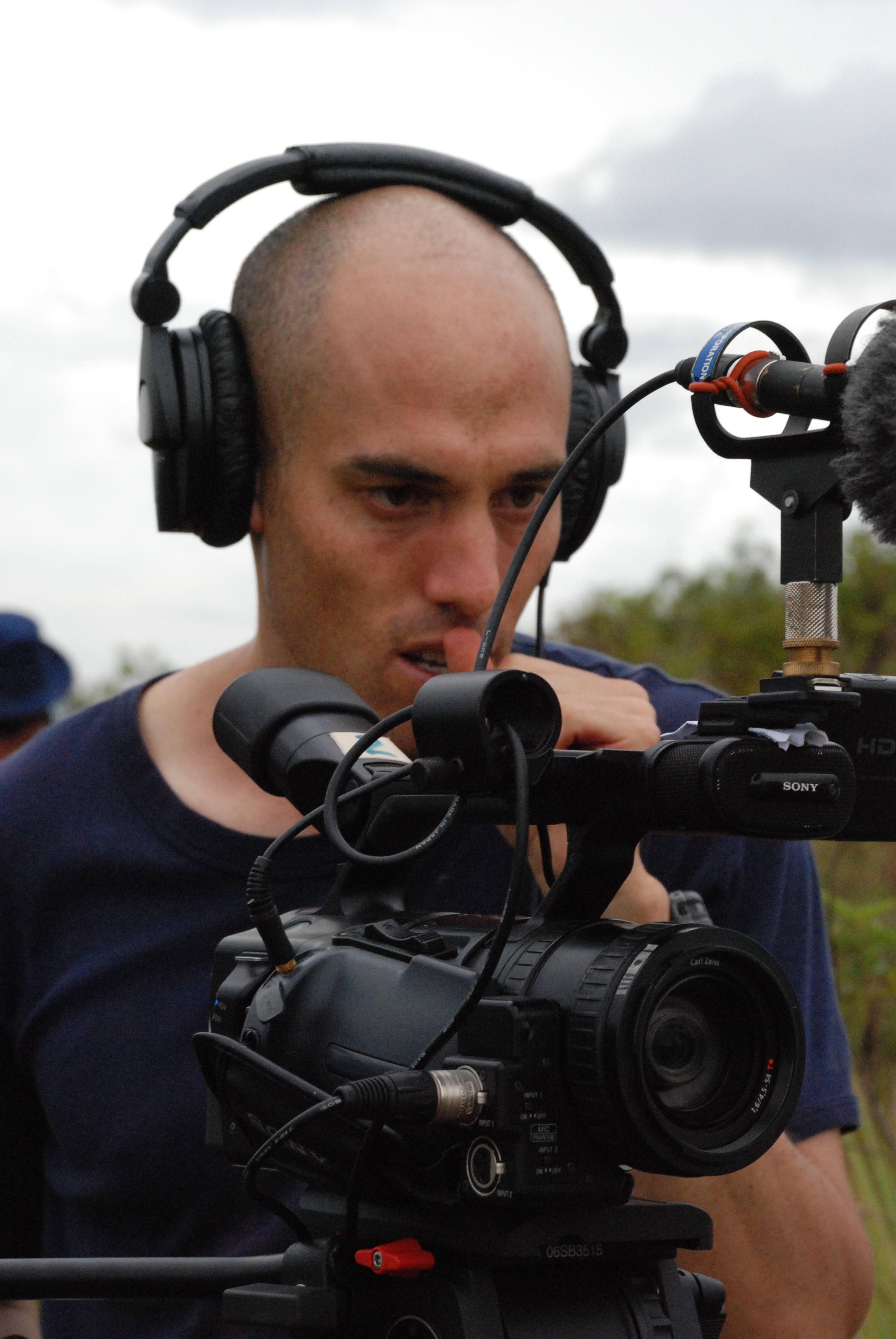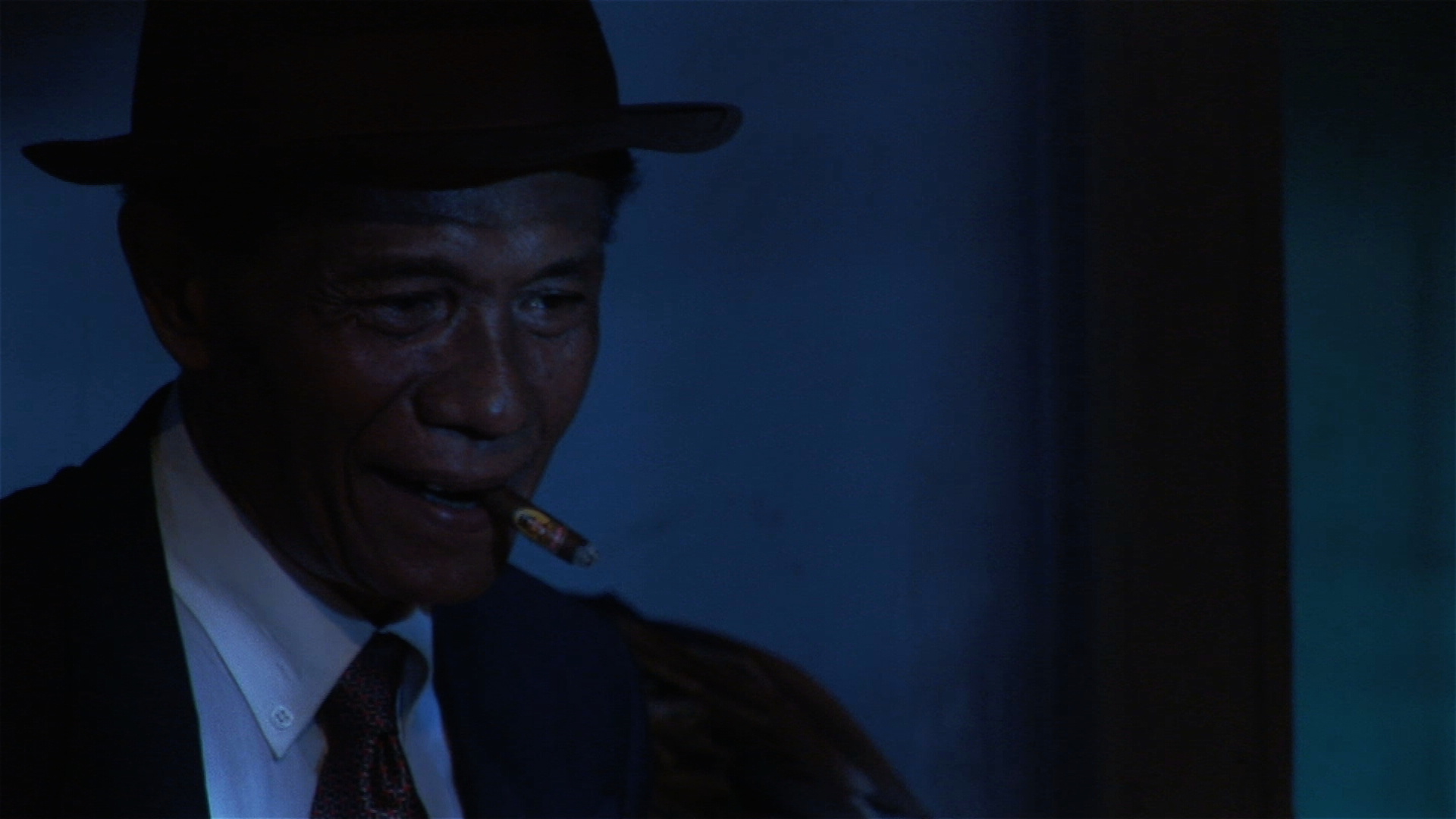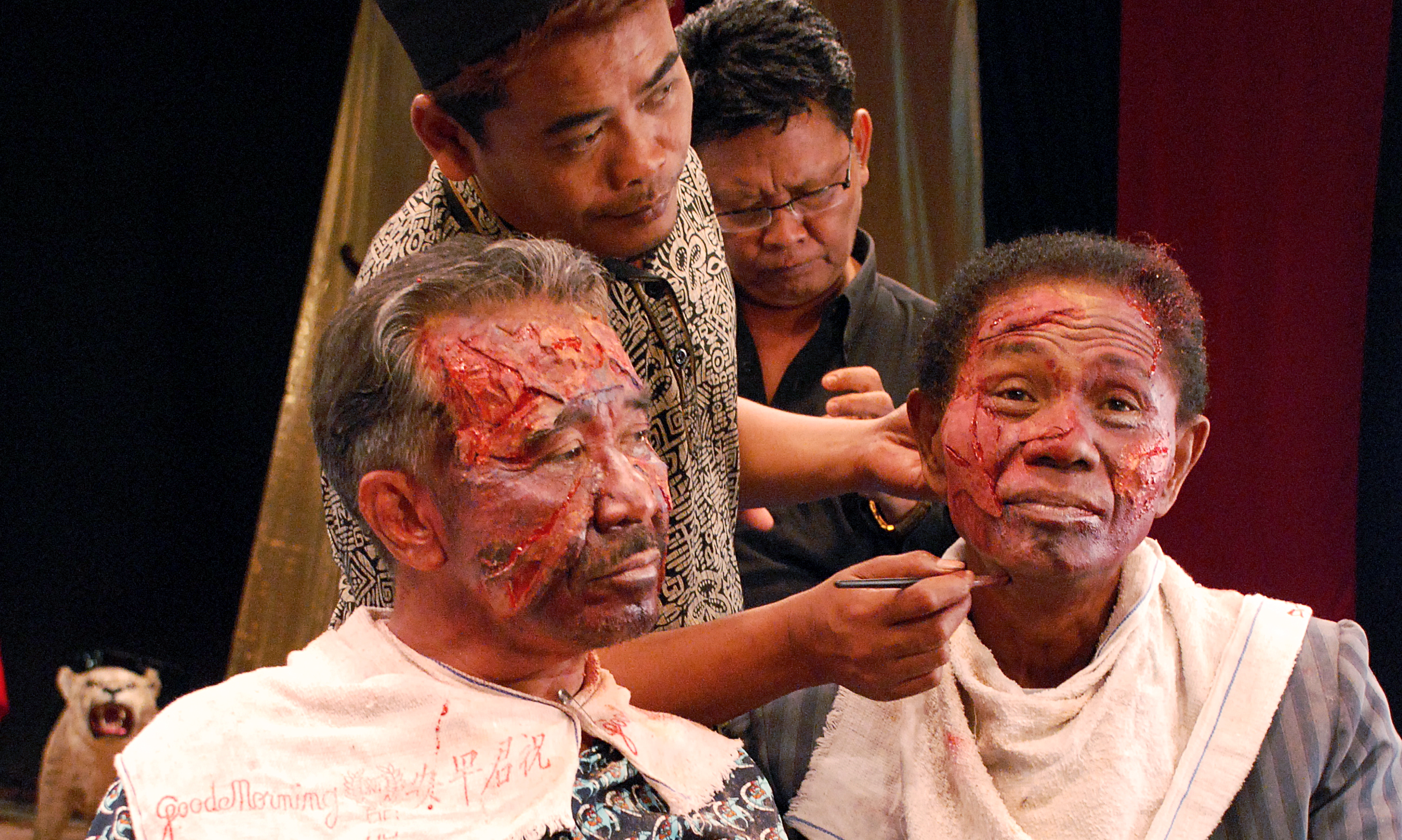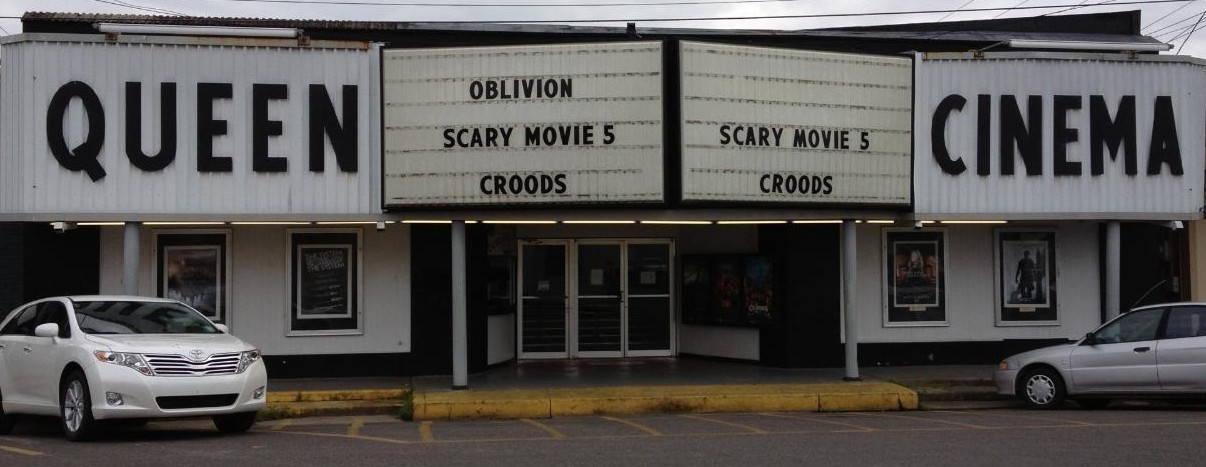 Documentary filmmakers must be ever vigilant lest their movies get kidnapped by their subjects. It’s not a question of whether the filmmaker and the subjects don’t have similar goals; they might or might not. But even the most naturally empathetic documentary director has to ward off the seductive charms of a subject who implicitly offers to exchange access in exchange for uniformity of perspective. Complicating the matter, some subjects don’t want what is conventionally regarded as sympathy. They might want the audience to fear them or even be repulsed by them. It’s the games people play.
Documentary filmmakers must be ever vigilant lest their movies get kidnapped by their subjects. It’s not a question of whether the filmmaker and the subjects don’t have similar goals; they might or might not. But even the most naturally empathetic documentary director has to ward off the seductive charms of a subject who implicitly offers to exchange access in exchange for uniformity of perspective. Complicating the matter, some subjects don’t want what is conventionally regarded as sympathy. They might want the audience to fear them or even be repulsed by them. It’s the games people play.
Wild Man Blues, Barbara Kopple’s 1997 post-facto promo of a Woody Allen musical tour, is a case in point. Although Kopple had proven her ability to look at her subjects with two eyes – one admiring, one skeptical – in American Dream (1990), she got all dewy-eyed over Allen and sympatico with his apologists. The movie was a vessel for Allen’s narcissism.
With The Act of Killing, filmmaker Joshua Oppenheimer pulls a double-dare on his subjects, Indonesian gangsters and militia members who led death squads in the mid-1960s. He offers to turn the movie over to them, to make the movie they’d like to see made about themselves. He provides some historical background, includes present-day documentary footage, but mostly shows the retired mass murderers plotting, rehearsing, and staging their feature film.
As cut, The Act of Killing focuses on Anwar Congo who, before 1965, was a scalper and low-ranking gangster of vague description. Then the Indonesian government, led by President Sukarno, was overthrown in a U.S.-backed military coup led by General Suharto. The coup leaders used private militias and criminal gangs to carry out a massive number of massacres, ultimately leading to the death of well over a million civilians, including men, women, children, infants and the elderly. The aim of the coup was to eliminate communist influence within the government; the aim of the massacres was to kill all the communists, with the term broadly defined to include anyone with liberal leanings, union affiliation, or a teacher’s credential, and their families. An entire village could be wiped out just by an unproven allegation of communist “sympathies.” In the United States, the press coverage played down the massacres, instead praising the new rulers for keeping the Indonesian domino from falling.
 Anwar Congo led a death squad and according to someone in the film meaning to praise him, personally killed a thousand people. Congo doesn’t propose a personal death count of his own, but he does demonstrate a strangulation technique he personally developed to speed up his kill rate.
Anwar Congo led a death squad and according to someone in the film meaning to praise him, personally killed a thousand people. Congo doesn’t propose a personal death count of his own, but he does demonstrate a strangulation technique he personally developed to speed up his kill rate.
There are other killers in the movie, including an old gangster buddy of Anwar’s and the head of a still-popular militia. The culture at large has done more than protect these people; it has lauded them. In one brain-blowing sequence, Anwar appears on a local TV talk show where the smiling young host talks about his murders as if they were the recipes of the week.
It’s Anwar’s movie that is at the heart of The Act of Killing. A stop and start affair thanks to Anwar’s indecision over both the appropriateness and liveliness of certain scenes, the movie is loaded with the kind of kitsch that seems endemic to the totalitarian mind. In fact, both Anwar’s movie and the “real” movie begin and end with a musical sequence that promises comedy to begin with and then ends with devastating irony.
But the largest pay-off comes when you pay close attention to the way Anwar structures his own movies. When he’s alone with the movie crew, revisiting some of the scenes of his many crimes, he appears disturbed, talking about ghosts and guilt and even vomiting in apparent self-revulsion. But when he’s directing himself in scenes which feature his supporters and old comrades he is not exactly boastful, but he does allow himself to bask, apparently modestly, in their praise for his barbarism.
This is where Oppenheimer’s brilliance makes its mark. Plenty of filmmakers have interviewed and/or followed murderous sociopaths, but I can’t think of any who have revealed sociopathy at work.
 At times, it’s easy – crushingly easy – to see. Anwar’s recreations of massacres involve the impressment of locals as cinematic victims, especially women and children. But the horror of brutalism is not past. Although they naturally don’t measure up to the original crimes, these reenactments still terrify those forced to impersonate the raped, mutilated, and dead. You can see women struggle to keep their mounting panic under control; worst of all, you can see children break out into nearly hysterical crying. When Anwar goes over to calm the children after the scenes are finished, what you are witnessing is not true compassion, but the exercise of power, they private gloating of a killer pleased to see his talent for terrifying is still intact.
At times, it’s easy – crushingly easy – to see. Anwar’s recreations of massacres involve the impressment of locals as cinematic victims, especially women and children. But the horror of brutalism is not past. Although they naturally don’t measure up to the original crimes, these reenactments still terrify those forced to impersonate the raped, mutilated, and dead. You can see women struggle to keep their mounting panic under control; worst of all, you can see children break out into nearly hysterical crying. When Anwar goes over to calm the children after the scenes are finished, what you are witnessing is not true compassion, but the exercise of power, they private gloating of a killer pleased to see his talent for terrifying is still intact.
Those scenes where Anwar shows apparent regrets are equally troubling. Anwar isn’t overtaken by genuine grief. He is doing what deadly sociopaths do all too well: He’s mirroring, discerning what his more human audience expects to see and delivering it to him. Like his mad brethren, he is copying what we’d consider “normal” affects. Paradoxically, when he’s at his most pathetic, he’s revealing his most deadly side.
So An Act of Killing isn’t a record of a killer who had outlived his time. It’s a warning that monsters still live among us.
